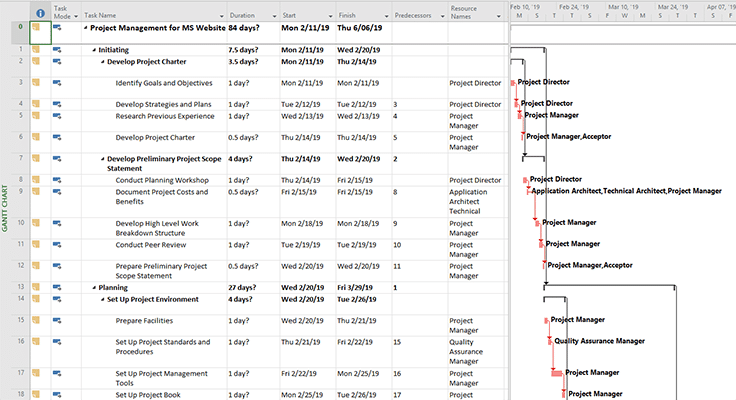Critical Path Method
While critical path method might be a new term for some but project management is definitely one you know even if you haven’t been a part of the management team before. It wouldn’t be wrong to say that every small to big task we have to face at different stages of our lives is a project. Most of the time, when you talk about a project you are actually talking about a task that needs completion by input from different people.
A small task could be completed by one person but most of the times there are different people or departments involved in its completion. Critical path method is a term often used to describe a schedule of managing these resources or assessing their placements in a project.
A Clear Definition Of Critical Path Method
Looking at the term it is clear that we are talking about a specific set of rules that will be put to use in managing a project. Since there is a mentioning of critical path in the term, it definitely means we are talking about the criticality or events, activities and other contributors in the project management. In simple words, it is a method which is used to determine and assess the placement of different activities that will be involved in completing a project: the purpose is to know all the different activities, critical and uncritical, and their effects on the completion of a project.
By drawing a table or schedule of all independent and dependent activities you actually design a schedule to focus mainly on the critical components of the project and rest of the activities which are not responsible in delaying or expediting a project pace are given secondary attention.
Most of the times this technique is used to work on a complex task where a lot of independent activities are involved, some are tied together so the speed of one affects another and some that only start when one of the activities has already reached its completion.
The whole point is to have an illustration of the entire project in a visual form that will help a project manager to know how to allocate resources on the most mission-critical components of the project. Of course, all of the components cannot be of the same importance and the ones most important should be taken care of before the less important ones and critical path method gives just the right information about them.
The Important Components Of The CPM
The main idea is to know how long a project will take and the activities which could result in delaying the project if they are delayed. The manager must make sure to have all of the critical and non-critical information about the project in sight and this technique provides information on all of them by taking into consideration the following components:
1. You must know all the activities that will be involved in the commencement to the end of the project.
2. You must have specified time duration for all the activities i.e. when they will start and end.
3. If there are any activities dependent on each other, they must be mentioned on the diagram or chart.
Once you have information about the above mentioned components, you will know the best/earliest date for starting a project and ending it. At the same time, you will have information about each individual activity so you know when one will start and finish. Whichever activities are dependent on each other can be taken care of by shortening of their time duration’s or allocating more resources to the most important ones.
There are two common and important terms that you will hear or read when researching on critical path method.
- Free Float: This term refers to the duration you are free to delay a task for before it affects the commencement of another task – its successor.
- Total Float: Again, it is the information about duration that you could exploit for a task without affecting the final completion date of your project. Outside this particular duration, any delay would also delay your project completion date.
By having a clear idea of task completion and starting dates along with the floats, a manager could efficiently plan the project without encountering delays.
More information on what the Critical Path Method is can be found here!
